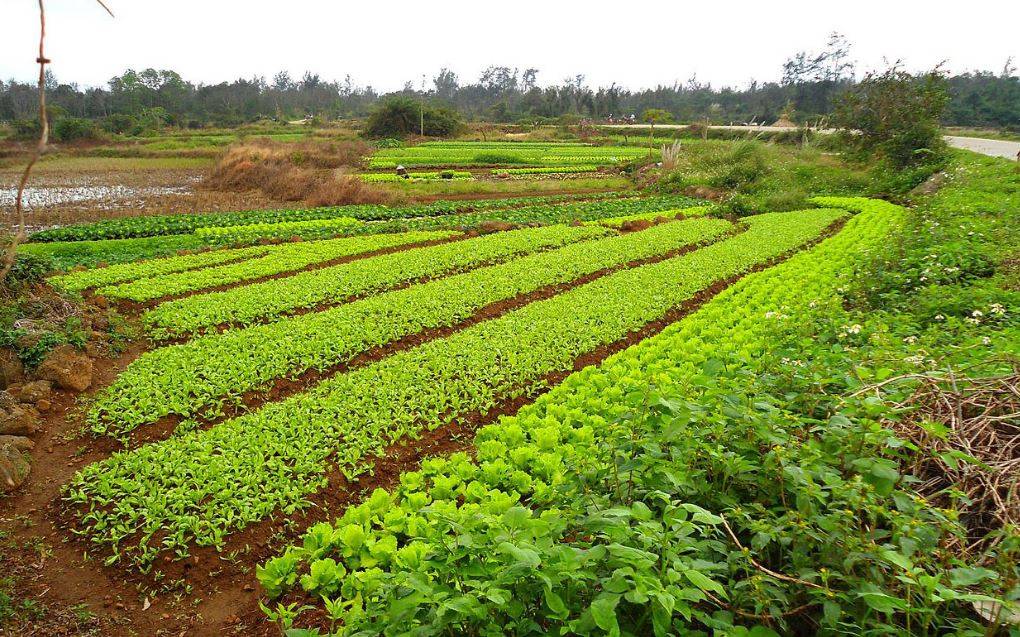
By encouraging farmers to move to oilseed cultivations instead of the existing high water-consuming paddy crops, India has managed to shift the crop pattern of four lakh hectares of land over 100 districts. In addition, the government has devised a plan to intercrop oilseeds on 20 lakh hectares over the next five years.
According to the Agriculture Ministry, 230 high-yielding oilseed districts have already been identified where oilseed planting might be encouraged further.
Union Commerce and Industry Minister Piyush Goyal said during a webinar on 'Smart Agriculture: Bringing Back the Glory of Millets; Moving Towards Aatmanirbharta in Edible Oil' that the government is also planning to bring back the glory of Indian millets crops to make India self-reliant in three areas: food, nutrition, and economy.
"Through this mission, the government is aiming to realize the image of a self-sufficient farmer with the best harvests," Goyal said, adding that Smart Agriculture is about leapfrogging into a new era to establish a robust infrastructure for farmers.
"Restoring millets to their former grandeur will make the country Aatmanirbhar in three areas: food, nutrition, and economy," the Minister stated. He also emphasized that India could lead the international market in millet exports, noting that India is presently the world's second-largest producer and exporter of millets.
What is a crop pattern?
The proportion of land under cultivation of different crops at different times is referred to as a cropping pattern. This displays when and where crops are planted in a specific land region. In India, the cropping pattern is determined by rainfall, temperature, climate, technology, and soil type.
In order to obtain maximum yields, different patterns of cropping are practiced. The major cropping patterns include Mono-cropping, Mixed Cropping, Inter-cropping, Row Intercropping, Strip Intercropping, Relay Intercropping, Crop Rotation, etc.
















